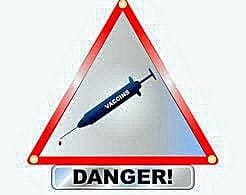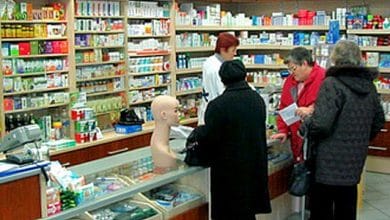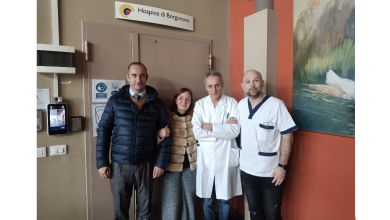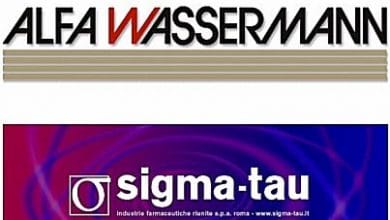
Big pharmaceutical companies in the US argue that the high profits obtained from high drug prices are used to finance innovative research aimed at saving lives. In reality, those proceeds are used to buy shares of the companies themselves, while access to medicines is restricted and innovation is put on hold. The multinational Big Pharma justifies this in investing in innovation to produce medicines to improve the quality of our life, but it is only theory. This morning at the Trento Festival of Economics, the economist William Lazonick tackled this issue by explaining the US pharmaceutical sector and presenting his theory based on the innovative enterprise that returns to being a community, where capital and labor mix to produce goods and services.
Sunday, 04 June 2017 – Trentino
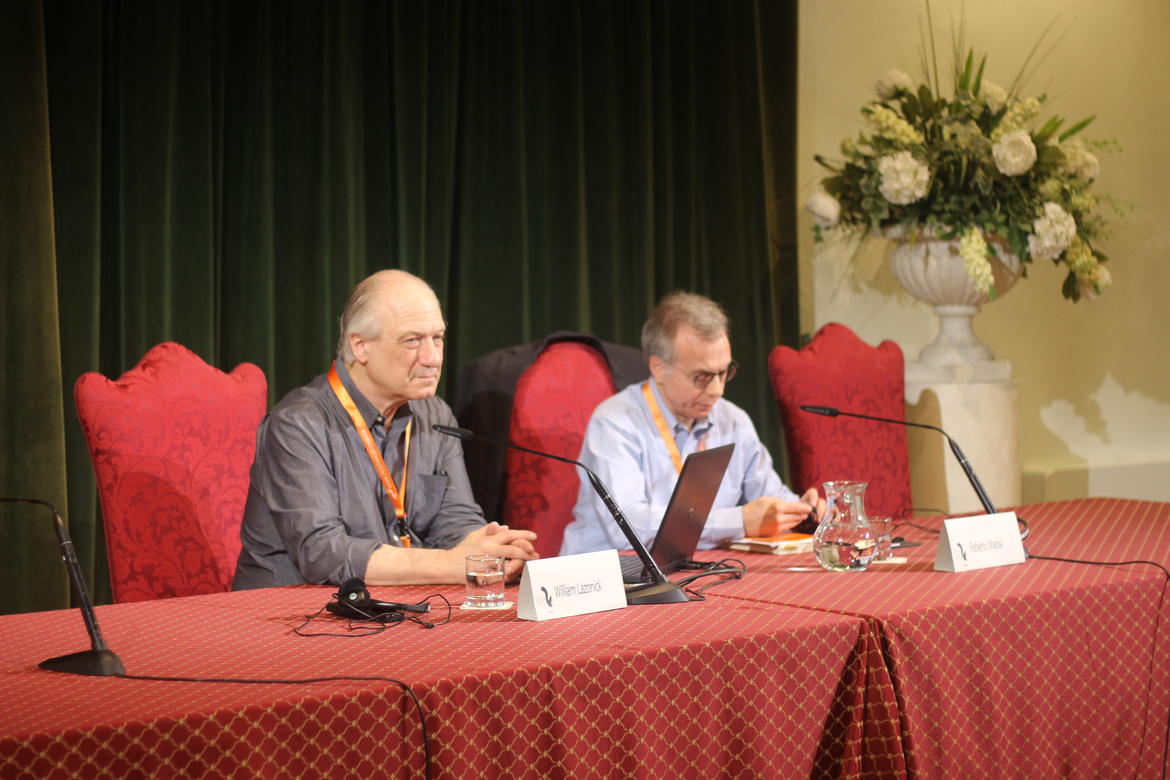 Roberto Mania, journalist for Repubblica, introduced the lesson of Professor William Lazonick, economist at the University of Massachusetts in Lowell, illustrating how over the years, during the ride of liberal ideology, there has been a lack of critical thinking, an alternative voice. We have witnessed social disintegration, the birth of inequalities, the change of the peripheries of the world, the loss of role of the social classes, the decline of the middle class in Europe and in the United States. In this scenario Lazonick was a critical voice, still in unsuspecting times, and realizing that financial capitalism had a short vision, without a future, he arrived at the theory of the innovative enterprise to reassemble the pieces of a capitalism without a role.
Roberto Mania, journalist for Repubblica, introduced the lesson of Professor William Lazonick, economist at the University of Massachusetts in Lowell, illustrating how over the years, during the ride of liberal ideology, there has been a lack of critical thinking, an alternative voice. We have witnessed social disintegration, the birth of inequalities, the change of the peripheries of the world, the loss of role of the social classes, the decline of the middle class in Europe and in the United States. In this scenario Lazonick was a critical voice, still in unsuspecting times, and realizing that financial capitalism had a short vision, without a future, he arrived at the theory of the innovative enterprise to reassemble the pieces of a capitalism without a role.
His intellectual journey is based on the idea of the innovative enterprise that returns to being a community, with a community function, which mixes capital and labor to produce goods and services.
William Lazonick today focused on the US pharmaceutical sector where there is a lively discussion about how drug profits are used. In all sectors it can happen that the profits obtained by some industries are used to purchase shares of the companies themselves, but pharmaceutical companies have also adapted to this model: even if they argue that the high profits obtained with high drug prices are used to finance research innovations aimed at saving lives, in reality those proceeds are used to buy shares of the same companies, while access to medicines is restricted and innovation is curbed.
Medicines cost twice as much in the United States. Big Pharma justifies this in investing in innovation to produce medicines to improve our quality of life. In reality, in the United States, multinationals such as Big Pharma no longer develop new drugs but acquire other pharmaceutical companies that patent drugs; then there are the companies of the New Economy, which present a more speculative approach, i.e. they have developed drugs that are more widespread, at low cost, and playing on quantity and thanks to public funding for start-ups, not 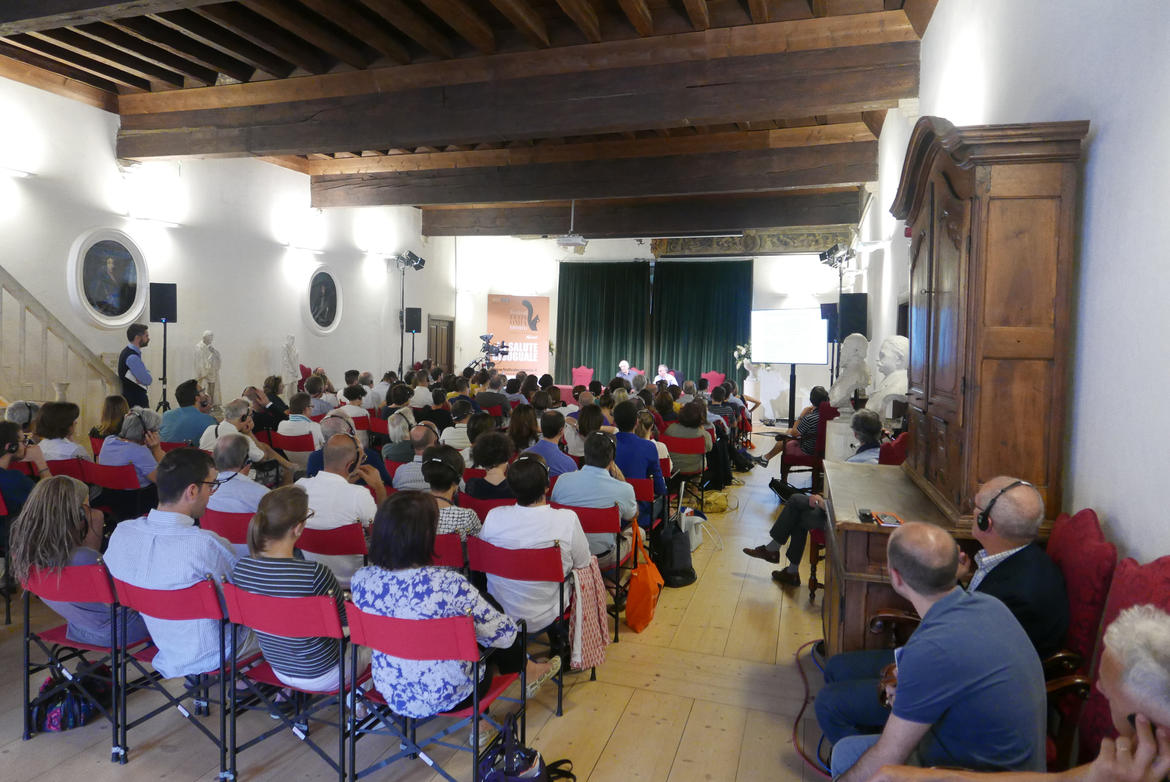 they just earned a lot, but realized they could earn even more without developing new drugs.
they just earned a lot, but realized they could earn even more without developing new drugs.
It is Médecins Sans Frontières who is sounding the alarm, stating that the necessary medicines are not produced because companies focus on those that make the most money. Some companies even produce harmful drugs, with rapacious and murderous greed to satisfy the absurd salaries of top managers (unimaginable figures) instead of investing to produce drugs dedicated to global health. This predatory attitude is therefore based on an action that focuses on the equity effects rather than on the beneficial ones, contrary to the virtuous objective of having a quality product at a lower price.
Professor Lazonick spoke of his theory hinged on the innovative process defining it as collective and cumulative uncertainty, or rather with an unpredictable future, which involves a plurality of subjects and which requires time. It is useless to deny that companies that embrace this project often find themselves in difficulty due to the high cost of innovation, but when a quality product is achieved, the horizon is to amortize fixed costs. When we talk about innovation in this sense, it should be specified that we don't just mean investments in equipment but above all in human resources. This has a positive effect for all stakeholders, including consumers.
Website: http://2017.festivaleconomia.eu
Twitter: @economicsfest
Related news: Italian research that challenges Big Pharma "There are better treatments"
Note
The buyback of treasury shares
There are different ways in which a company can remunerate its shareholders: the most common are the distribution of dividends and the appreciation of shares. However, there is another way, less striking, but which is becoming increasingly popular and is particularly appreciated, especially by small shareholders: the buyback (or "repurchase of treasury shares").Buyback
The buyback is the repurchase by the company that issued them of its shares, with the aim of reducing the number of shares on the market. The buyback can therefore be seen as the company's decision to reduce the free float on the market: since a company cannot be "its own shareholder", the repurchased shares are absorbed, canceling them. It is clear that when this happens, the value of the outstanding shares increases, since there being fewer on the market, each title gives the right to own a larger piece of the company and with it the right to a larger share of the profit.
For the same amount, in theory, the investor should be indifferent to remuneration in terms of higher dividends or stock appreciation. In reality, however, there is a fundamental difference from a tax point of view. In many legislations dividends and capital gains annuities are taxed differently, so savers may have a preference for one form of profit over another.
The buy-back is used to implement stock option plans: the attribution of shares to employees and/or directors carries with it the implication that the company must acquire such share packages. The salary is made up of a fixed part (base salary) and a variable part, of which stock options are a prevalent component in executive salaries. Without any intervention by the company or accounting, the employee can resell the same option on the stock exchange without exercising it. This is a possibility of a salary increase at no cost to the company. Stock options can also be used because they allow for a real increase in wages without formally decreasing profits.
Giving executives shares in the company means aligning their personal interest with that of the shareholders, i.e. maximizing economic value.
For example Ian C. Read, CEO Pfizer, receives a salary of "only" $1,905,250 in 2016, but receives an annual salary of $17,321,470 [source Forbes]
Annual Compensation Ian C. Read
| Salary | $1,905,250 |
| Total Annual Compensation | $1,905,250 |
Stock Options*
| Restricted Stock Awards | $3,984,592 |
| All Other Compensation | $471,510 |
| Exercised Options | 734,685 |
| Exercised Options Value | $11,477,732 |
| Exercisable Options | 3,550,203 |
| Exercisable Options Value | $34,195,606 |
| Unexercisable Options | 2,932,935 |
| Unexercisable Options Value | $2,252,018 |
| Total Value of Options | $47,925,356 |
| Total number of options | 7,217,823 |
Total Compensation*
| Total Annual Cash Compensation | $6,376,760 |
| Total Short Term Compensation | $1,905,250 |
| Other Long Term Compensation | $4,456,102 |
| Total Calculated Compensation | $17,321,470 |
These are the data relating to the buyback carried out by the major companies American pharmaceutical companies between 2006 and 2015:


